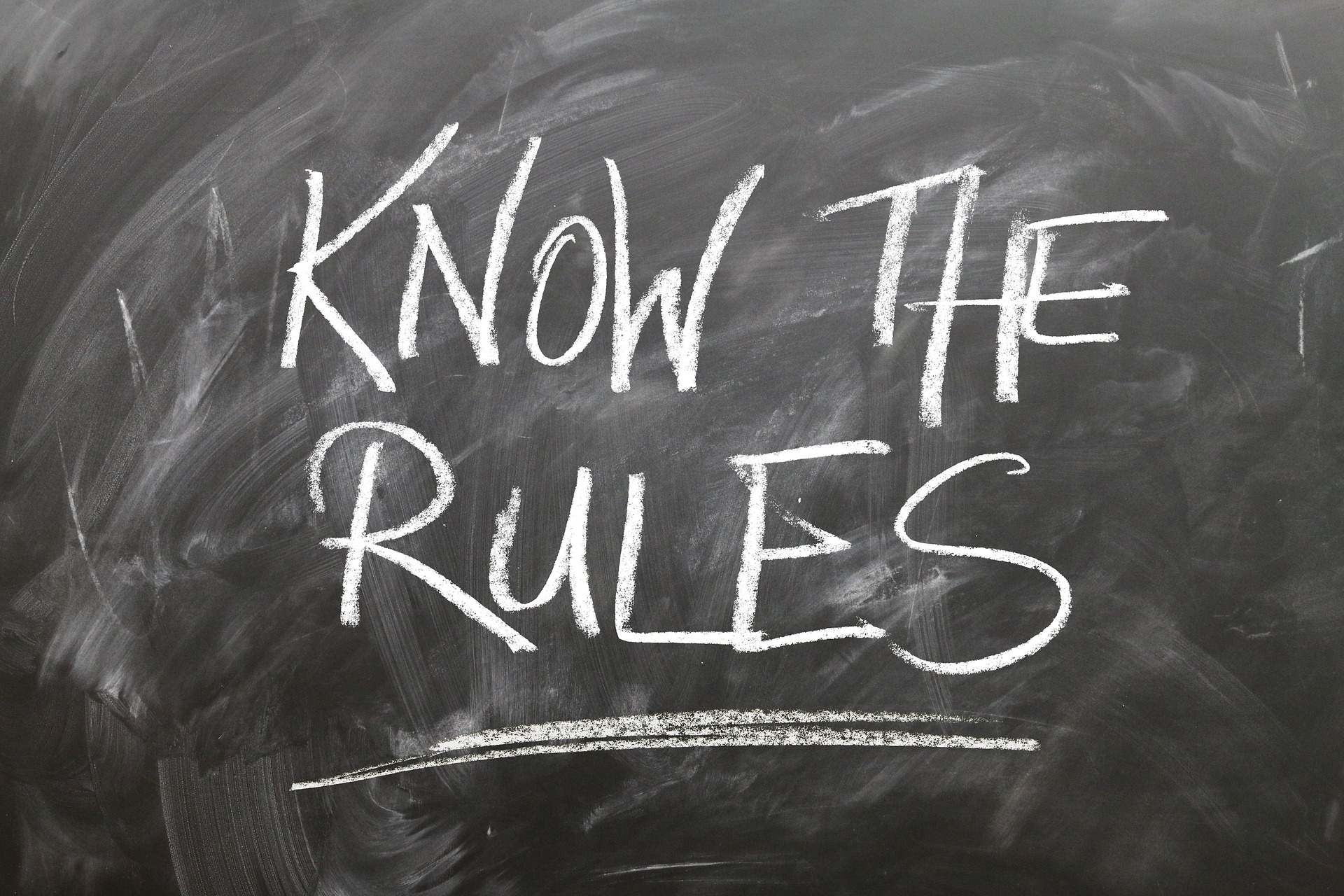In a former working life I was a Content Producer at the Copyright Agency Ltd (CAL). This organisation provides licensing to use copyright-protected words and images in Australia and New Zealand, with fees and royalties being paid to writers, journalists, photographers, cartoonists and artists.
My time at CAL was a real eye-opener. I learned quickly that if any piece of communication has an audience, then it must respect copyright ownership. This covers images, article extracts, music and more, for digital ads and marketing as well as events, conferences, online blogs, videos, podcasts, etc.
So what is an audience? Pretty much everything except a one-off behind-closed-doors meeting of up to a dozen employees in a closed boardroom. Yet if a piece of content is produced for that purpose and has elements of content creation not being used with permission – for instance, if you ‘roadshow’ this meeting around the country – it is then viewed as having an audience. And you’ll be in trouble if you’re using source materials created by others that you are not paying for or have sought an exemption to use.
How to source free images
It pays to think about copyright before diving into a project. Sourcing images is a classic example. Yes, you can use stock libraries and sometimes even a photographer can be economical. But with images, you need to know that copyright usually covers use for a particular purpose – the front cover of a white paper, a lead shot for a capabilities brochure, a web banner ad graphic, etc. In most cases, not multiple uses for different purposes.
There are plenty of free images out there. Pixabay has more than a million photos, illustrations and videos, yet some of these require attribution of the creator as part of the deal. Another good source of free images is Google. However, you need to narrow your search to show only images that are ‘Labelled for Reuse’, which lets you use the image commercially, or ‘Reuse With Modification’ and more.
Photography
If you buy and use an image from a photo session you organised for an ad campaign, don’t assume you now own every other shot you haven’t used. A little later on when a new opportunity suddenly arises, you’ll actually need to get permission to use any of those other shots from that photo session, particularly for a new purpose. This is enshrined under copyright protection law. There have been a number of cases settled out of court where this was done and the photographer found out.
Music
What about if you want to use a pop song at a conference or event (that you have not sought clearance for)? Maybe it’s an obscure track or maybe it’s a well known anthem, and it would be just perfect for a short presentation. Not thinking through the implications of copyright won’t absolve you from the risk of being sued, as ultimately you’ll be the one who hasn’t sought permission or negotiated a fee to use the music for the event.
Speaking of music, this region is governed by APRA/AMCOS and sorting out rights to use a popular track (or even an obscure release) not only takes time, but may also cost quite a lot of money. Then there is royalty-free music – which does not mean they are ‘free’, but instead usually means that for an upfront fee, you don’t have to pay a per-use royalty to use the music.
Production music is the name given to recorded music that can be licensed to customers, such as advertising and marketing professionals, for use in film, television, cinema, radio, online media and videos. Sometimes the music is free to download, sometimes there’s a small fee, but usually there is a license you can buy to cover the use you need – such as broadcast media for a radio, TV or cinema commercial. And if it is for personal non-commercial use, such as having a funky track playing on your blog on high-cardio gardening for example, there’ll be no license fee required. And maybe no audience either, if high-cardio gardening is your thing.
What are the consequences?
Both the Copyright Agency and APRA/AMCOS have large and recently-expanded teams that make a lot of money by enforcing copyright compliance and mounting legal actions on those who aren’t doing the right thing. They use special custom-designed software that assists them in pinpointing and then tracking down violations on digital projects. They work closely with other licensing organisations to ensure that copyright is protected and royalties or fees are paid to content creators such as photographers, writers and composers. They also make sure offenders are punished, threatened with legal action or served with a take-down notice.
So it really is worth your while to think about copyright first, before leaping into a project. As even with the best of intentions, it could end up having a very unhappy ending.
Do you need help figuring out if you’re at risk of breaching Australian copyright laws? Get in touch and we’ll happily assist you.
Useful resources
All of the images used in this article are Labeled for Reuse and are included without attribution in accordance with their free usage category.


